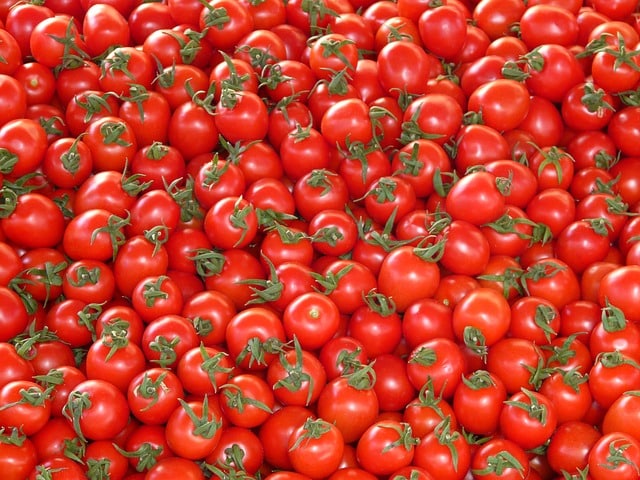Researchers discover that closest wild relative of tomatoes manage salinity stress entirely differently than previously thought.
Given a changing climate and increasing soil salinity in many agricultural regions, it’s more important than ever that researchers identify crops that can thrive in challenging conditions. Cultivated tomatoes, a staple in many diets, often struggle in salty soils. However, their wild relatives evolved to endure a variety of harsh environments.
A recent study explored salt stress tolerance in wild tomato species, setting the stage for further research into the genetic foundations of these traits. The insights gained could drive breeding efforts aimed at improving salinity tolerance in tomatoes and other crops, potentially expanding growing regions, stabilizing yields despite an unpredictable climate, and creating crops that require less water and resources.
Researchers focused on Solanum pimpinellifolium, the closest cousin of the cultivated tomato. Despite their small, cherry-sized fruits, these wild tomatoes offer substantial genetic diversity and stress resistance. The study began by exposing these wild tomatoes to different levels of salt stress, then employed high-throughput phenotyping techniques in the greenhouse and the field to assess how these plants managed the salinity.
“One of the study’s most intriguing findings was that a plant’s overall vigor – its ability to grow quickly and robustly – played a significant role in its salt tolerance. This suggests that breeding healthier, more vigorous plants could indirectly improve their ability to withstand salt stress,” Magda Julkowska, an assistant professor at the Boyce Thompson Institute and lead author of the study said in a release.
“We were surprised to find that the amount of salt the plants accumulated in their leaves wasn’t as important to their overall performance as previously thought,” Julkowska said. “This challenges some existing ideas about how plants cope with salt stress and opens up new avenues for research.”
The researchers observed that traits such as the amount of water vapor lost through the leaves, shoot mass and the buildup of ions like sodium and potassium in plant tissues were closely linked to plant performance under salt stress. One of the more interesting findings was that, while transpiration rate was directly linked to plant performance in the greenhouse, shoot mass was a better predictor of yield in field conditions.
One of the most promising outcomes was the identification of new candidate genes associated with salt tolerance.
“These specific genotypes can be used as allele donors for further improving crop performance and developing more sustainable agriculture.”
While salt-tolerant tomatoes might not appear in grocery stores just yet, this research marks a crucial step toward developing a more resilient and sustainable food system. It highlights how the solutions to pressing agricultural challenges can sometimes be found in the wild relatives of our familiar crops.











